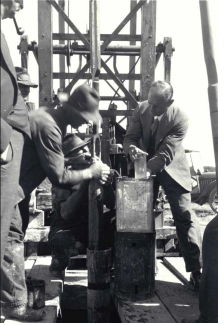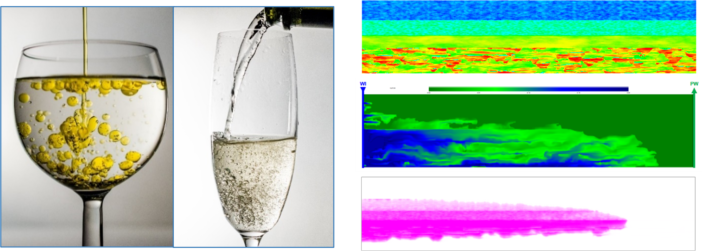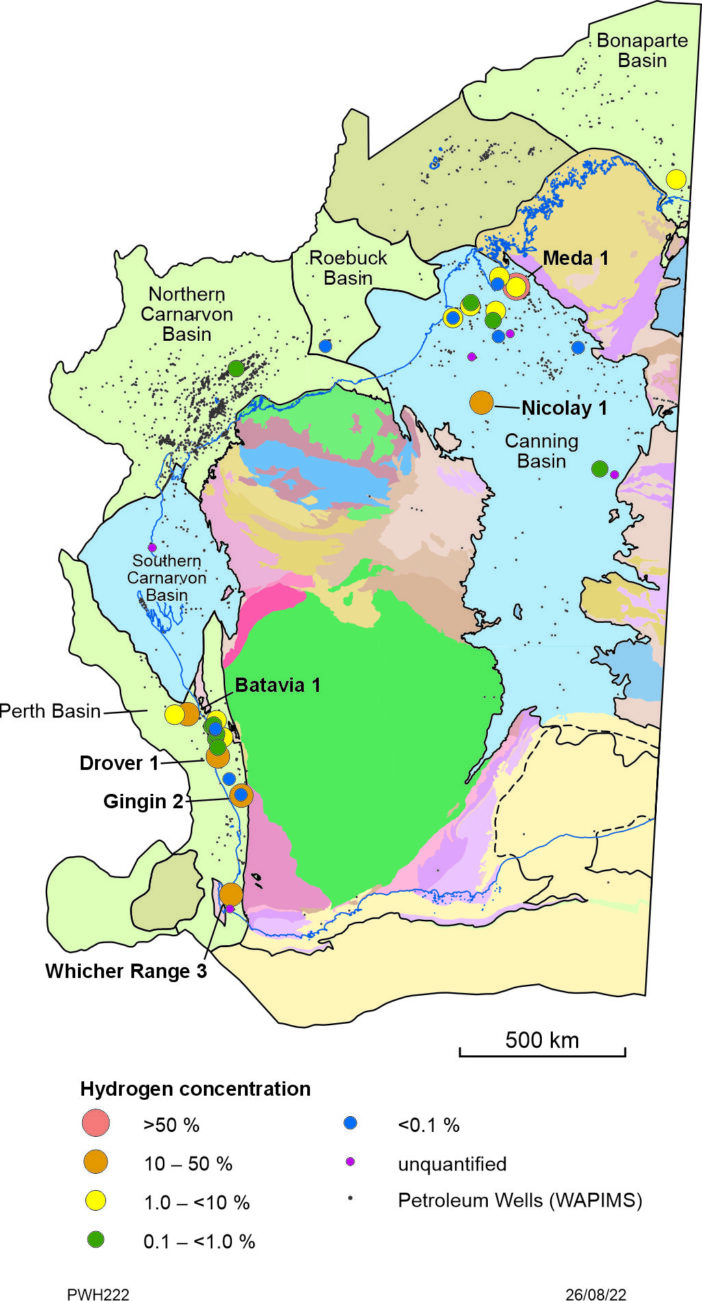
- This event has passed.
PESA SA/NT June Technical Luncheon – Natural Hydrogen Exploration in South Australia
Thursday, 23 June, 2022 @ 12:00 pm - 1:30 pm (Australia/Adelaide time)
$25.00 – $75.00
Natural Hydrogen Exploration in South Australia
Presented by: Elinor Alexander, South Australia Dept. Energy & Mines,
Abstract:
South Australia has taken the lead nationally in enabling exploration licences for natural hydrogen. On 11 February 2021 the Petroleum and Geothermal Energy Regulations 2013 were amended to declare hydrogen, hydrogen compounds and by-products from hydrogen production regulated substances under the Petroleum and Geothermal Energy Act 2000 (PGE Act). Companies are now able to apply to explore for natural hydrogen via a Petroleum Exploration Licence (PEL) and the transmission of hydrogen or compounds of hydrogen are now permissible under the transmission pipeline licencing provisions of the PGE Act. The maximum are of a PEL is 10,000 square kilometres so they provide a large acreage position for explorers. PEL applicants need to provide evidence of their technical and financial capacity as well as a 5 year work program which could include field sampling, geophysical surveys (e.g. aeromagnetics, gravity, seismic and MT) and exploration drilling to evaluate the prospectivity of the licence for natural hydrogen.
Since February 2021, seven companies have lodged 35 applications for petroleum exploration licences (PELs), targeting natural hydrogen. The first of these licences (PEL 687) over Kangaroo Island and southern Yorke Peninsula was granted to Gold Hydrogen Pty Ltd on 22 July 2021.
As well as issuing exploration licences, a key role of the South Australian Department for Energy and Mining is to provide easy access to comprehensive geoscientific data submitted by mineral and petroleum explorers and departmental geoscientists since the State was founded in 1836. Access to old 1920s and 1930s reports, together with modern geophysical and well data has underpinned the current interest in hydrogen exploration.
Why the interest? 50-80% hydrogen content was measured in 1931 by the Mines Department in gas samples from wells on Kangaroo Island, Yorke Peninsula and the Otway Basin, potential evidence that the natural formation of hydrogen has occurred. Iron-rich cratons and uranium-rich basement (also a target for geothermal energy explorers) occur in the Archaean-Mesoproterozoic Gawler Craton, Curnamona and Musgrave provinces which are in places fractured and seismically active with deep-seated faults. Sedimentary cover ranges from Neoproterozoic-Recent in age, with thick clastic, carbonate and coal measure successions in hydrocarbon prospective basins and, in places, occurrences of mafic intrusives and extrusives, iron stones, salt and anhydrite which could also be potential sources of natural hydrogen.
Event Details:
Thursday, 23rd June, 2022
Luncheon: 12 pm for a 12:30 pm start
Place: Ayer’s House, 288 North Tce, Adelaide
Includes a 2-course lunch and drinks
Tickets:
Student Members – $25
Members – $60
Non-members – $75
Bookings close 1 pm Monday, June 20th.
Any late bookings will incur an additional $20 fee. Strictly no walk-ins.



